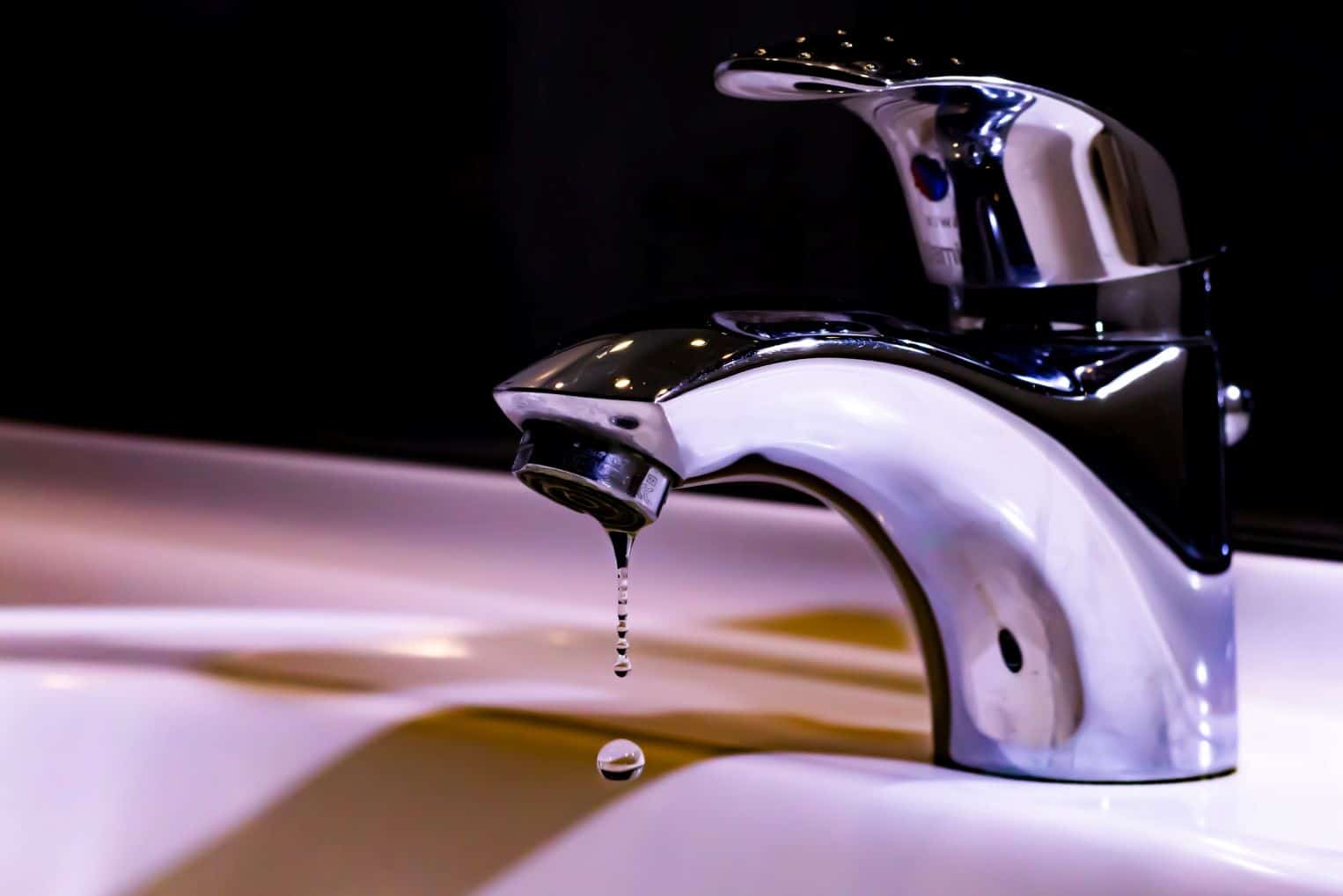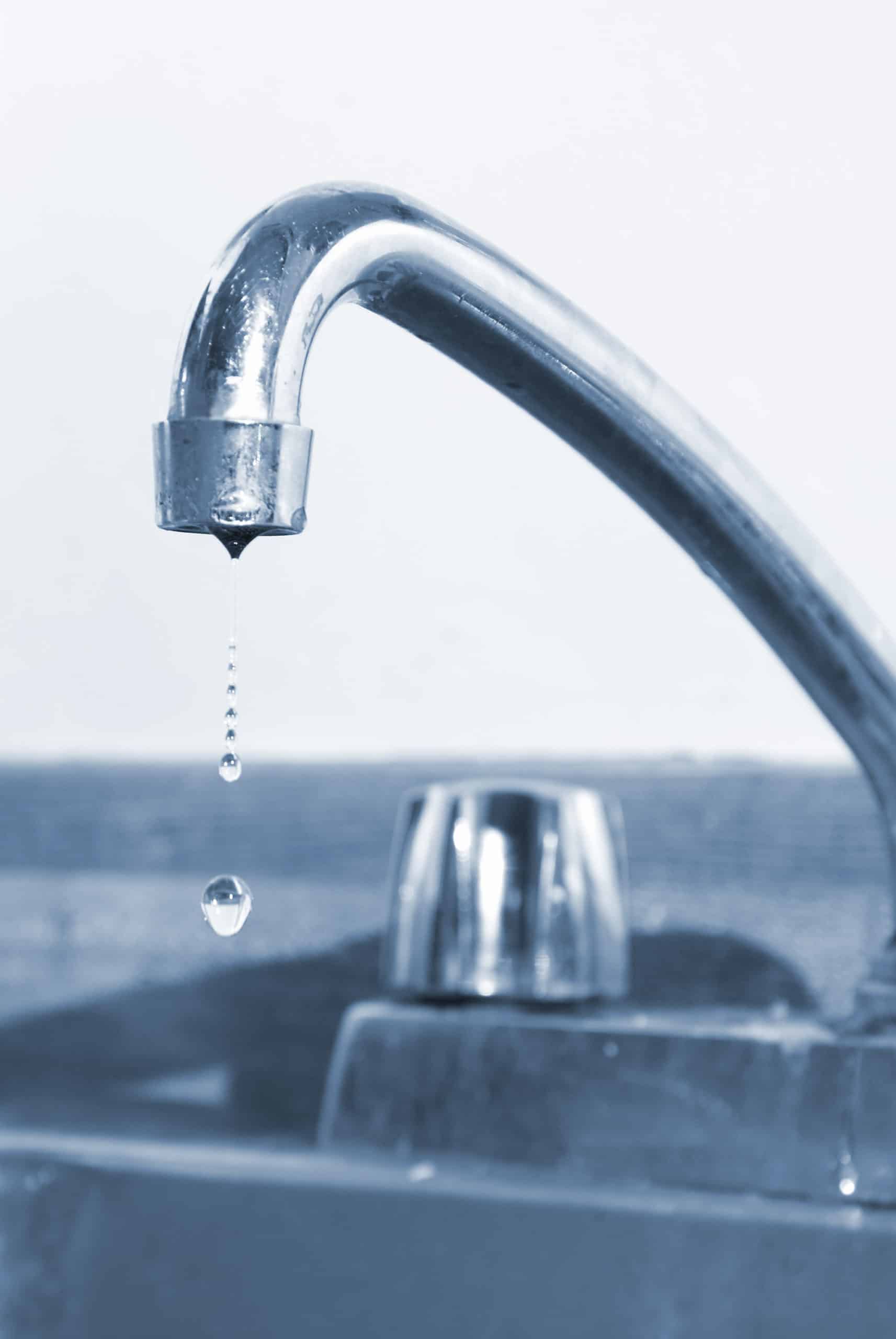We have come across this great article about Potential Health Risks Associated With Leaky Faucets down the page on the internet and thought it made sense to relate it with you here.

Introduction
A leaky tap may feel like a minor nuisance, but its effects extend much past the occasional drip. Recognizing the impacts of a dripping faucet is critical for both house owners and the environment. In this post, we'll discover the various effects of this usual family issue and why resolving it quickly is crucial.
Reasons For Leaky Faucets
Dripping faucets can result from a selection of factors, consisting of wear and tear, high water stress, and deterioration. Gradually, the constant use of faucets can bring about worn-out seals and gaskets, triggering leaks to develop. In addition, excessive water stress can put pressure on plumbing fixtures, bring about leaks. Rust and rust can likewise damage tap parts, making them prone to leakage.
Water Wastefulness
Among the most significant effects of a leaking faucet is water wastefulness. Also a small drip can amount to gallons of wasted water over time. This not just drives up water expenses but likewise contributes to water shortage and environmental deterioration. Dealing with dripping faucets immediately is important for preserving this priceless resource and decreasing its effect on the earth.
Financial Impact
In addition to drainage, dripping taps can also have a considerable economic impact. Enhanced water expenses are a straight repercussion of water wastefulness, setting you back homeowners hundreds of dollars yearly. Furthermore, the price of fixing water damages brought on by leakages can be substantial, specifically if left ignored for a prolonged period.
Environmental Impact
The environmental impact of dripping taps expands beyond water wastage. By conserving water, homeowners can add to wider efforts to mitigate water deficiency and shield all-natural environments. Sustainable choices such as rainwater harvesting and water-efficient components can even more reduce the ecological footprint of family water usage.
Technical Solutions
Improvements in modern technology have brought about the advancement of clever faucets and water-saving gadgets that aid minimize water wastefulness. Smart faucets utilize sensing units to detect movement and readjust water circulation accordingly, decreasing waste without giving up ease. Water-saving tools such as aerators and low-flow showerheads are likewise efficient in preserving water without endangering efficiency.
International Viewpoints
While dripping taps might feel like a localized issue, they contribute to broader global obstacles such as water deficiency and environment modification. In regions already facing water anxiety, every decline counts, making leakage prevention and repair important. By adopting water-saving techniques and buying lasting modern technologies, home owners can play their component in resolving these pushing global issues.
Regulatory Actions
Federal government guidelines play a vital duty in reducing the influence of leaking faucets and promoting water conservation. From developing codes that require water-efficient fixtures to water-saving motivations and rebates, policymakers have a variety of tools at their disposal. By carrying out and imposing these guidelines, governments can make sure that home owners focus on water preservation in their day-to-days live.
Area Influence
Addressing dripping taps requires collective initiatives at the area level. By increasing recognition about the significance of water conservation and supplying resources for leakage discovery and fixing, local authorities can encourage home owners to take action. Efforts such as water-saving rebate programs and leakage detection projects can incentivize behavior change and promote liable water use.
Situation Researches
Real-life examples of the effect of leaking taps underscore the significance of positive upkeep and prompt repairs. From water damages to skyrocketing water expenses, the effects of ignoring leaks can be extreme. By sharing these case studies, homeowners can much better comprehend the significance of resolving leaking taps quickly.
Educational Campaigns
Educational projects play a vital duty in elevating recognition about the effects of leaking taps and advertising water preservation methods. Via workshops, seminars, and online resources, property owners can find out how to find and repair leaks themselves. By empowering individuals with knowledge and tools, instructional projects can foster a culture of liable water use within communities.
Wellness Problems
Leaking taps can produce helpful settings for mold and mildew and mold growth, positioning health and wellness dangers to residents. The presence of mold can intensify respiratory issues and allergies, especially in susceptible individuals. Furthermore, water damage arising from leakages can compromise the structural stability of buildings and bring about expensive fixings.
Do it yourself vs. Specialist Repair work
When faced with a leaking tap, property owners often question whether to try repair services themselves or hire an expert plumber. While DIY fixings can save cash, they may not constantly deal with the hidden concern successfully. Professional plumbers have the proficiency and equipment to identify and take care of leakages appropriately, making certain long-term solutions and peace of mind for homeowners.
Preventive Measures
Preventing leaking taps needs routine maintenance and aggressive actions. Simple tasks such as replacing damaged washers and seals can avoid leaks from developing. In addition, updating to top notch fixtures and lowering water pressure can help lengthen the lifespan of faucets and lessen the threat of leaks.
Conclusion
To conclude, the impacts of a dripping tap extend far beyond the occasional drip. From water waste and boosted water costs to wellness problems and ecological impact, the consequences of neglecting leakages can be considerable. By attending to leaking taps without delay and taking on water-saving techniques, home owners can alleviate these results and contribute to an extra lasting future.
Why You Shouldn’t Ignore a Leaky Faucet in Your Home
What Causes a Leaky Faucet?
Various factors can cause a leak, from loose and worn-out parts to corrosion. Your faucet has four essential components from which most plumbing issues will stem: the O-ring, the valve seat, the washer and the gasket.
What Is an O-Ring?
The O-ring is a stem screw that fastens parts of the faucet in place, preventing water from leaking out of the spout. Depending on your faucet type, the stem might have multiple O-rings. Water will drip from the faucet’s handles and base if this part breaks or deteriorates.
What Is a Valve Seat?
The valve seat controls the flow and temperature of the water. Found at the base of the handle, it works as a seal for the faucet’s stem. The valve seat ensures the water is allowed to flow or is blocked as the handles dictate. You’ll know it’s malfunctioning when water leaks from your faucet’s sides.
What Is a Gasket?
The gasket is found between the water inlet and the valve stem. It creates a seal between the faucet and the sink, holding its joints by aerators attached to the stem’s head. Water will trickle out from the base if the gasket isn’t working.
What Is a Washer?
The washer secures the handles and prevents leakage, serving a similar purpose to the O-ring. While the O-ring is ordinarily round and made from an elastic material, such as rubber, the washer is square-shaped and composed of brass, copper and other hard metals. If it malfunctions, corrodes or has been improperly installed, water will leak out of the handles, causing that incessant faucet drip.
Why Is a Leaky Faucet Dangerous?
A leaky faucet left alone for too long can have significant consequences.
Pest Infestations
Since bugs and rodents gravitate towards the scent of water, a leaky faucet will draw pests to your sink. Both are looking for leaks accessible through crawl spaces, which a faucet provides. If you leave water dripping for too long, you run the risk of an infestation.
Rust
If one of the faucet parts has started to corrode, the resulting rust can spread to your pipes and valves with startling speed. The rust might even lead to cracks or other impairments, resulting in more severe plumbing issues.
Your sink could also sustain damage from a leaky faucet. The water in your tap possesses sparse elements of calcium and iron that can stain your sink with repeated and prolonged exposure. Once those elements in the water have been open to the air for some time, your sink will start to rust, creating marks that can be difficult to remove.
https://www.tomsmechanical.com/blog/why-you-shouldnt-ignore-a-leaky-faucet-in-your-home

I'm very interested in Causes and Consequences of a Leaky Faucet and I'm hoping you appreciated the new blog entry. Kindly pause to share this blog post if you liked it. Many thanks for your time. Return soon.